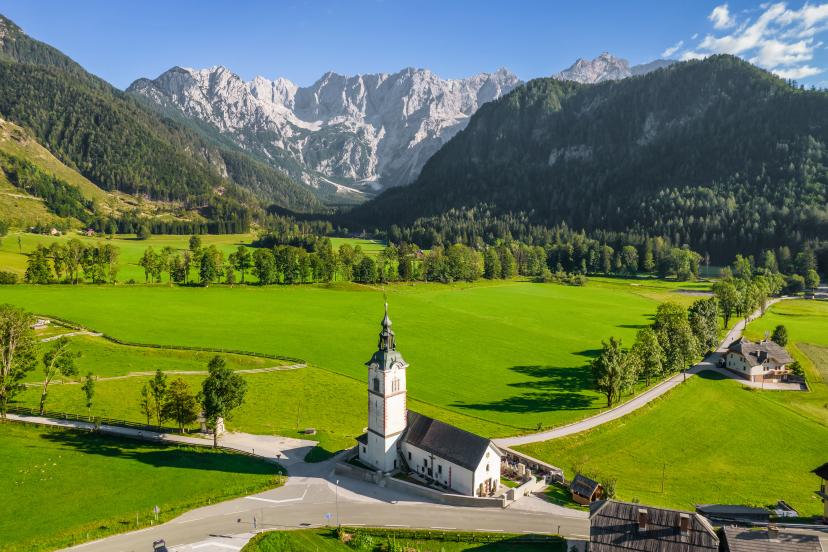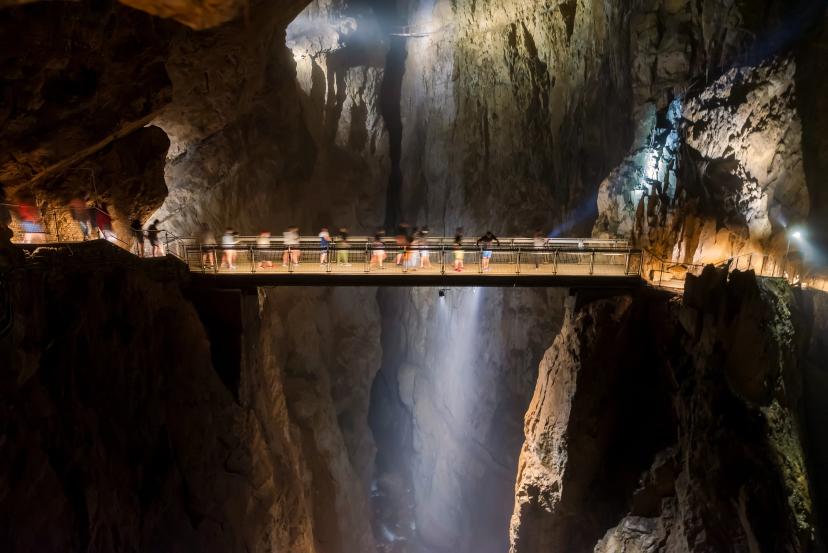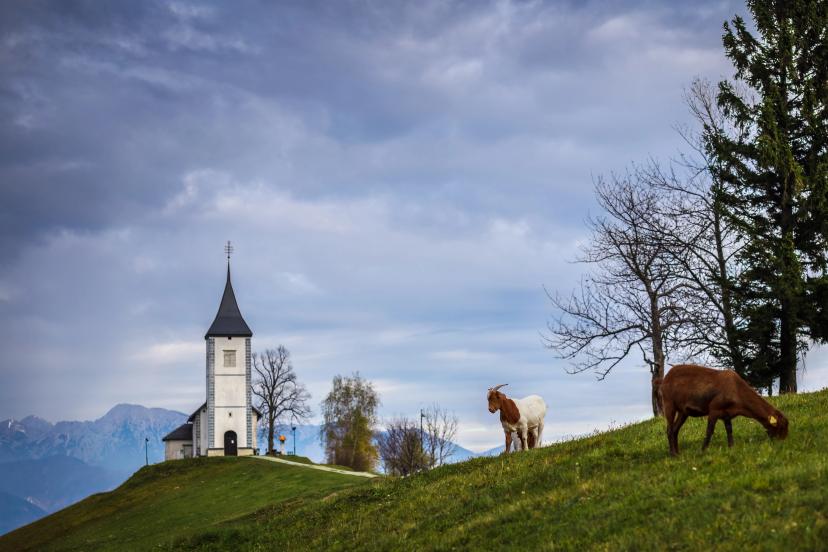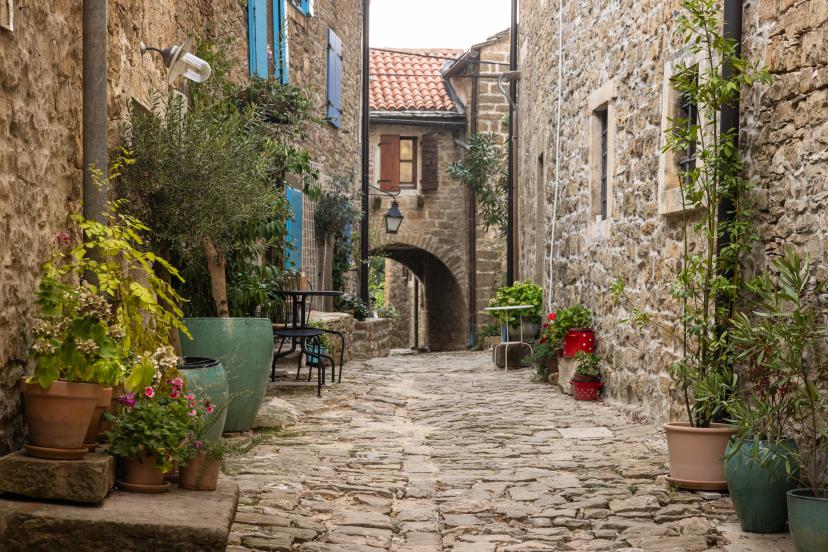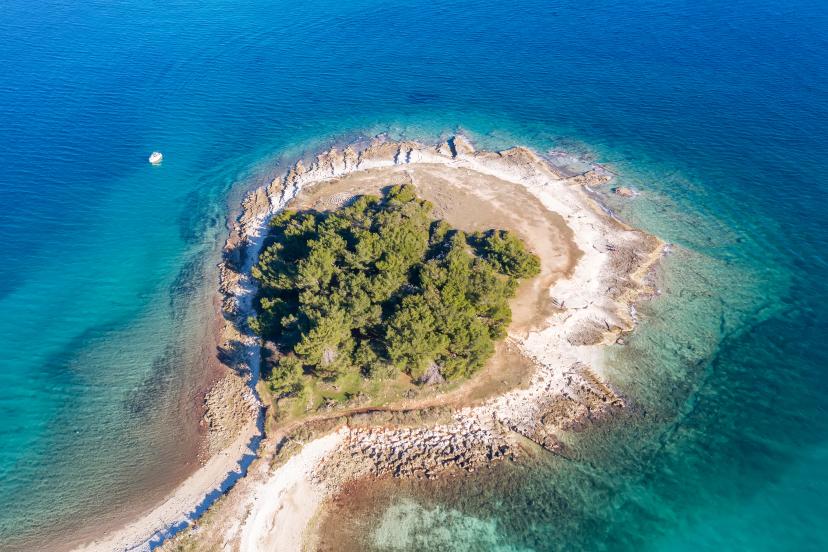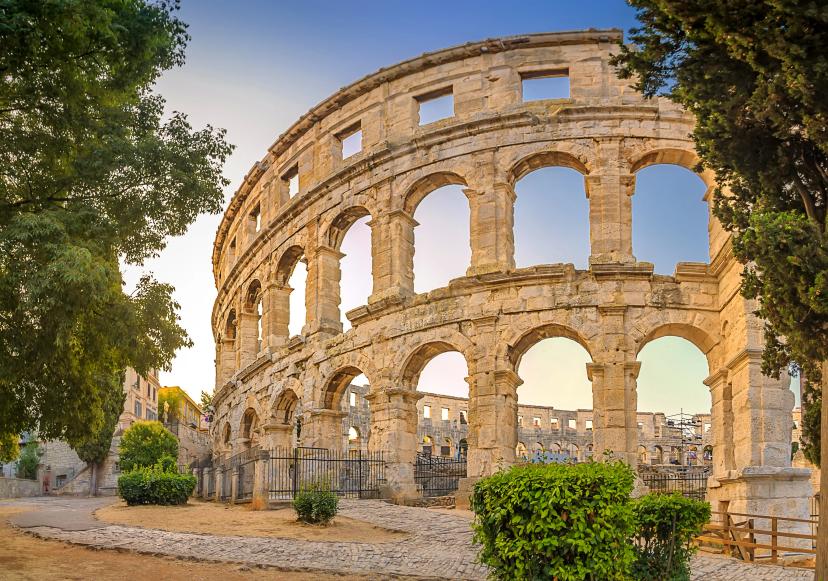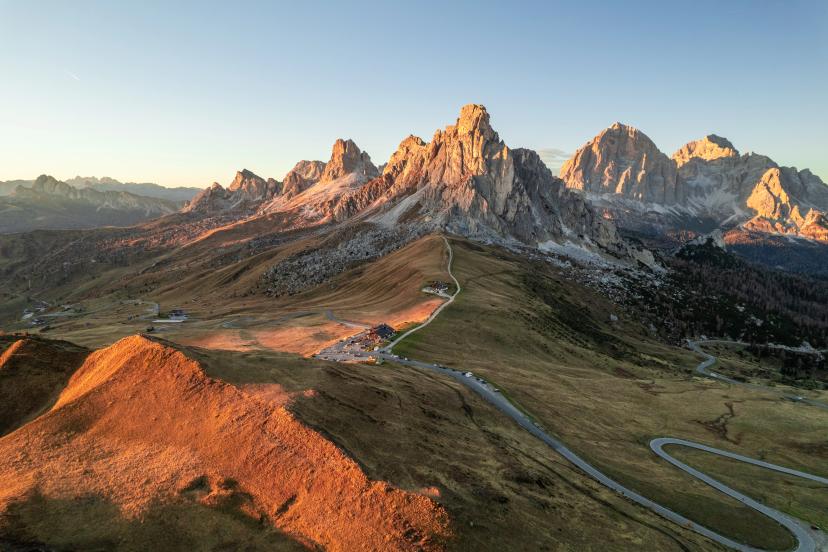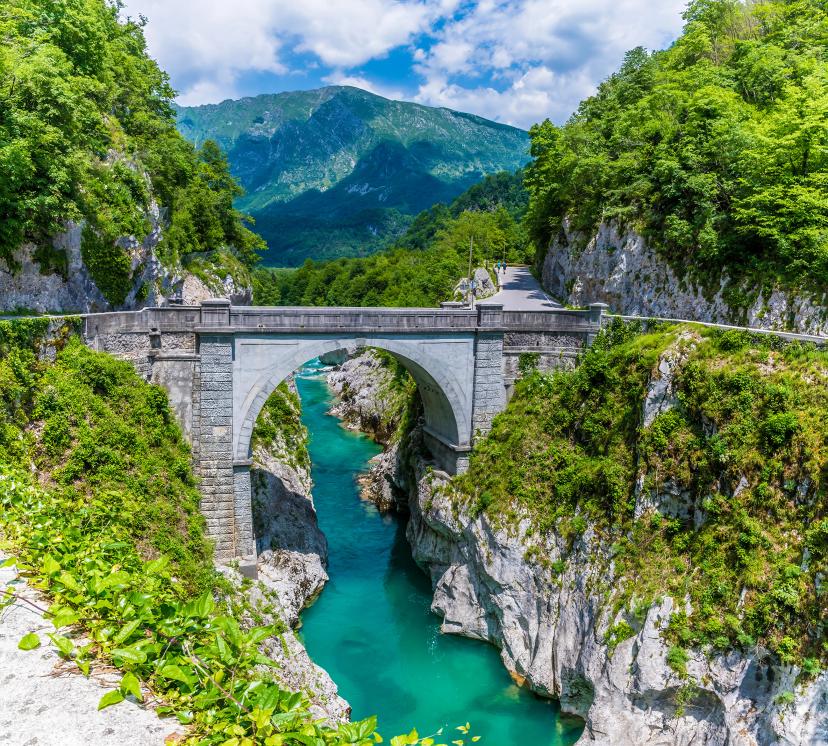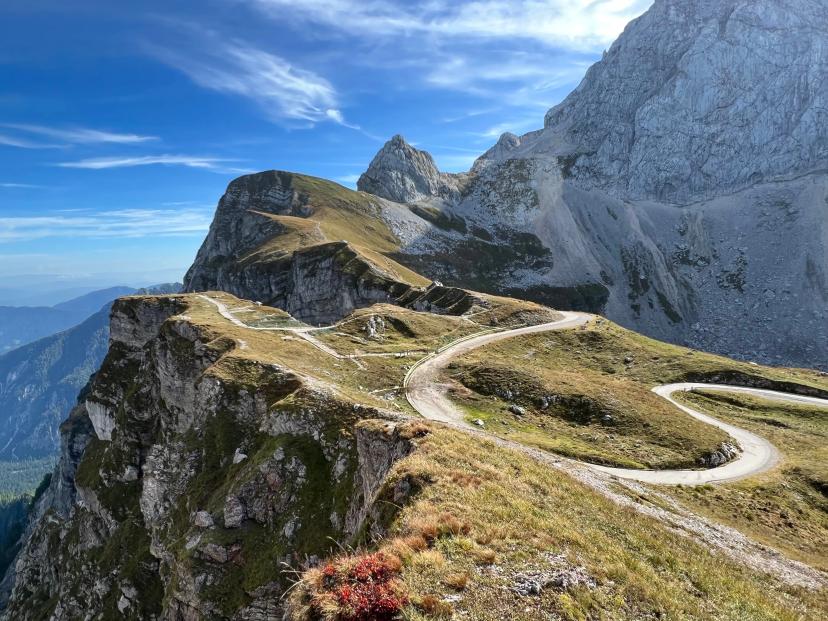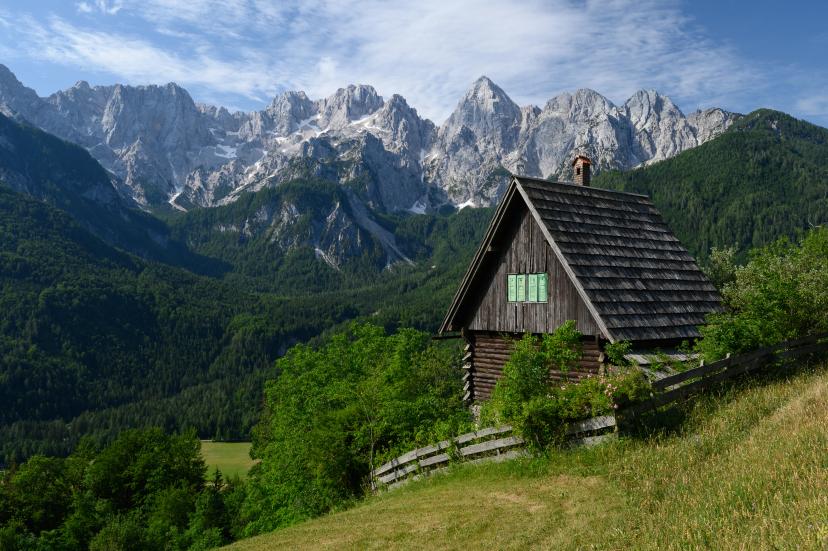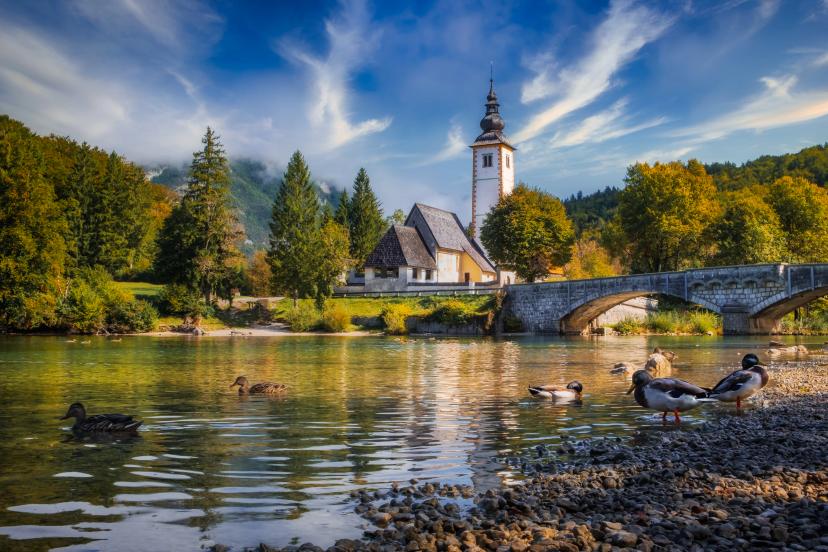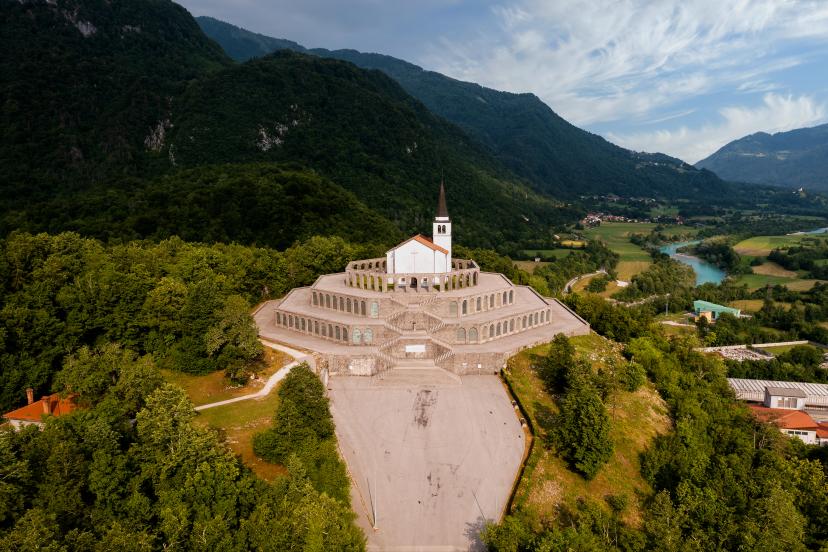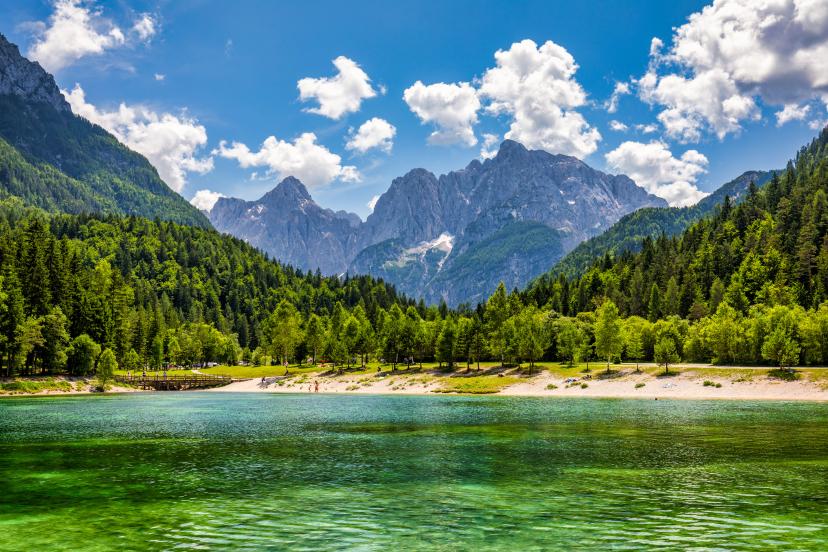Pakolliset nähtävyydet Sloveniassa
Lopullinen Slovenian nähtävyyslista: kansallispuistot, viinialueet, Adrianmeren rannikot ja paljon muuta. Löydä parhaat nähtävyydet alueittain.
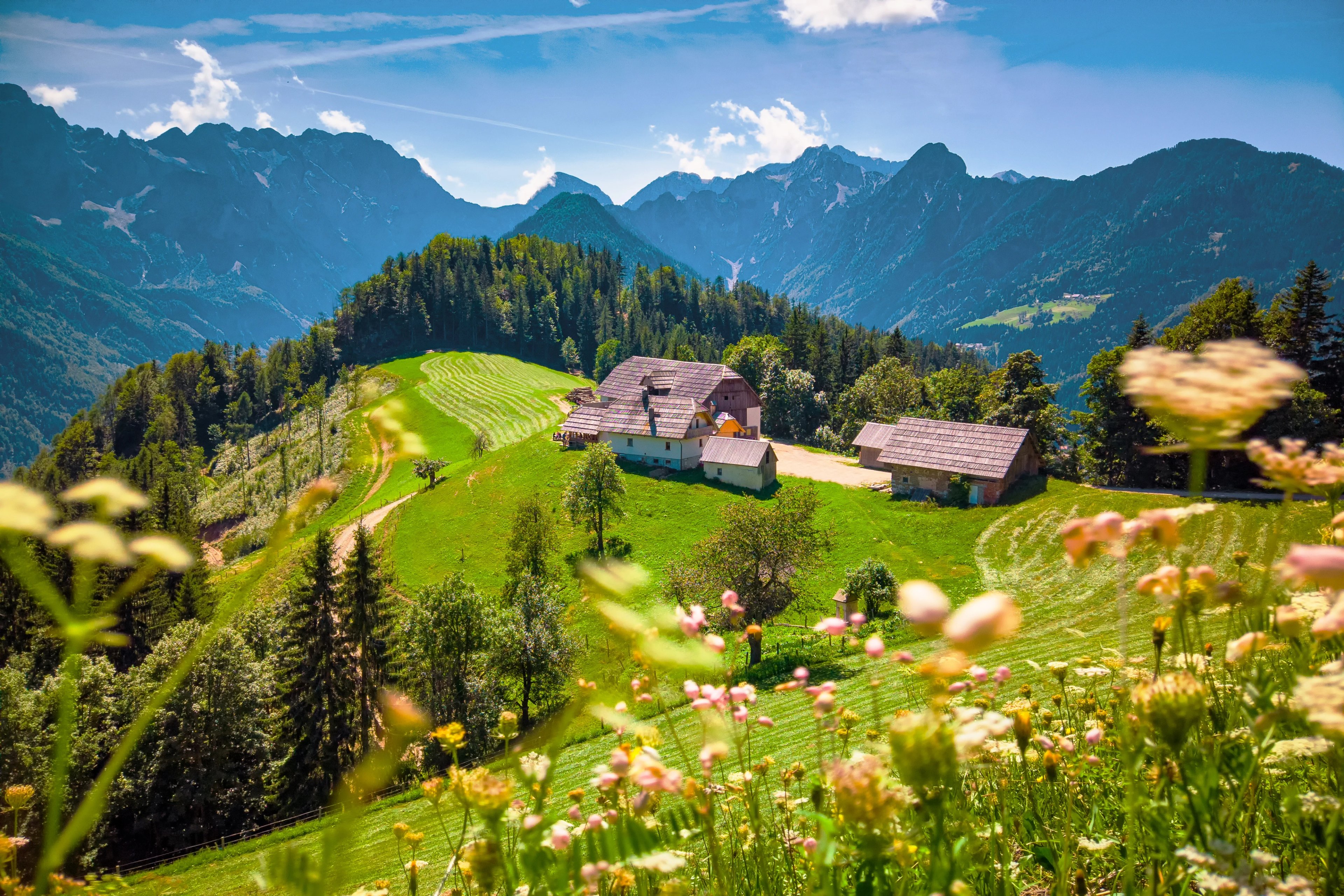
Slovenia saattaa olla pieni, mutta se tarjoaa yhtenä Euroopan monimuotoisimmista maisemista ja kulttuuriperinnöistä.
Yhdestä maasta löydät alppihuippuja, jotka ulottuvat lähes 3000 metriin, smaragdinvihreitä jokia, alkukantaisia metsiä, roomalaisia raunioita, venetsialaisia kaupunkeja ja kilometreittäin maanalaisia luolia.

Olemme koonneet Slovenian bucket listan nähtävyyksistä, jaoteltuna alueittain. Joten, mitä sen pitäisi sisältää?
Alpit & Julian Alpit Slovenia
Pohjoisessa Slovenia paljastaa dramaattisen alppipuolensa. Korkeat huiput lähellä 3 000 m, kristalliset järvet ja syvät laaksot määrittelevät tätä aluetta, jossa Julian Alpit ja Triglavin kansallispuisto luovat maiseman hämmästyttävistä kontrasteista.
Täällä pyöräilijät löytävät legendaarisia vuoristoteitä, smaragdinvihreitä jokia ja klassisia alppikyliä—unohtumaton tausta ajeluille Euroopan henkeäsalpaavimmissa maisemissa.
Haluatko kokea sen itse? Meidän Alpeilta Adriatikille -kiertue, Slovenian mestarien ajelu ja Julian Alppien maantiepyöräilylomat esittelevät tämän upean vuoristoalueen parasta antia.
Karsti & Välimerellinen Slovenia
Luoteessa pyöräilylomat Sloveniassa saavat Välimerellistä makua. Karstitasanko on kuuluisa luolistaan, maanalaisista joistaan ja punaviiniviinitarhoistaan, kun taas Adrianmeren rannikolla heijastuu vuosisatojen venetsialainen vaikutus. Lisää auringonpaistetta, terassimaisia kukkuloita ja historiallisia kaupunkeja, ja tämä alue näyttää täysin erilaisen puolen Sloveniasta. Näe alue meidän ainutlaatuisella Alpeilta Adrianmerelle -pyöräilyretkellä.
Keskinen Slovenia
Keskinen Slovenia yhdistää kulttuuriset kohokohdat ja helpon pääsyn luontoon. Ljubljana, jokirannan kahviloineen ja linnan näkymineen, on täydellinen tukikohta tutkimiseen pyörällä. Lähistön keskiaikaiset kaupungit, metsäiset ylätasangot ja kukkulan huipulla sijaitsevat kirkot tuovat vaihtelua, mikä tekee tästä alueesta ihanteellisen Slovenian pyöräilylomille, jotka tasapainottavat kaupunkilöytöjä ja maaseutua.
Tutustu alueeseen kiertueellamme Maantiepyöräilylomat tai Hidden Hills -pyöräretki, jos suosittelet rauhallisia vuoristopeltoja ja kyliä.
Karawanks
Karawanksin vuorijono ulottuu 120 kilometrin matkalta Itävallan rajalla, muodostaen luonnollisen rajan Keski-Euroopan ja Balkanin välille. Huiput kohoavat yli 2 000 metrin, kun taas alppilaaksot, luolat ja korkeimmat laidunmaat muokkaavat dramaattista maisemaa.
Aikaisemmin vartioitu raja, tänään se määritellään perinteisen paimenelämän ja ulkoilmaaktiviteettien kautta — ja sen pitkät, rauhalliset tiet tekevät siitä yhden parhaista alueista pyöräilyyn Sloveniassa.
Haluaako tutkia sitä pyörällä? Meillä on juuri sinulle kiertue!
Etelä-Slovenia
Etelä-Sloveniaa hallitsevat laajat metsät, mukaan lukien yksi Euroopan suurimmista neitseellisistä metsistä. Kočevski gozd kattaa yksinään 500 neliökilometriä ja siellä elää ruskeita karhuja, susia ja ilveksiä. Kylmän sodan aikana suuret alueet täällä olivat suljettuja sotilasalueita, mikä auttoi säilyttämään sen villiyden.
Tänä päivänä se on alue, jossa pyöräilylomilla Sloveniassa, erityisesti MTB-pyöräilijöille, on villimpi puoli, villien polkujen kautta syvissä metsissä ja painottaen koskematonta luontoa.
Anna sydämesi sykkiä neitseellisissä metsissä Single Trails MTB Holidays -retkillämme.
Rajan yli: Italia & Kroatia
Monet Slovenian pyöräilylomista jatkuvat saumattomasti läheiseen Italiaan ja Kroatiaan, lisäten vielä enemmän vaihtelua ajamiseen. Italiassa pyöräilijät voivat kohdata Dolomiitit, UNESCO:n maailmanperintökohteen, jonka legendaariset solat ovat muokanneet Giro d’Italiaa. Kroatiassa Istrian niemimaa tarjoaa roomalaista perintöä, kukkuloilla sijaitsevia kyliä ja tryffelirikkaita metsiä.
Niille, jotka haluavat kokea kaiken, järjestämme monivaltioisia matkoja, jotka esittelevät alueen parhaita puolia. Vaihtoehtoina ovat Ultimate Cycling Across Slovenia & Croatia, Legendary Dolomites and Slovenia Road Challenge ja Road Cycling Slovenia, Italy & Croatia -matka—jokainen yhdistää unohtumattomat maisemat, ikoniset nousut ja kolmen naapurimaan rikkaat kulttuurit.
Suunnittele Slovenian pyöräilypakomatkasi
Inspiroitko Slovenian maisemista? Selaa koko valikoimaamme pyöräilyretkiä Sloveniassa tai ota yhteyttä suunnitellaksesi oman ajosi.
.jpg&w=3840&q=75)

Paikalliset asiantuntijat
Ammattimaiset pyöräilyoppaamme tuntevat paikallisen maaston ja ovat koulutettuja tekemään tästä ainutlaatuisesta mahdollisuudesta sekä turvallisen että nautinnollisen.

Vaivaton
Me hoidamme matkareitit, majoitukset ja kaiken muun, josta et halua huolehtia, jotta voit nauttia huolettomasta lomasta.

Täysin räätälöitävissä
Joustavuus on meidän keskimmäinen nimemme — olitpa sitten haluamassa enemmän tai vähemmän, tai vain jotain tavallisesta poikkeavaa, me toteutamme sen.

Varaa luottavaisin mielin
Olemme taloudellisesti suojattu yritys, joka on täysin vakuutettu, joten rahasi ovat turvassa ja voit matkustaa luottavaisin mielin.

Voittamaton tuki
24/7-asiakastukemme on intohimomme, jolla tuomme sinulle paremman kokemuksen tekemällä hyvinvoinnistasi ykkösprioriteettimme.



